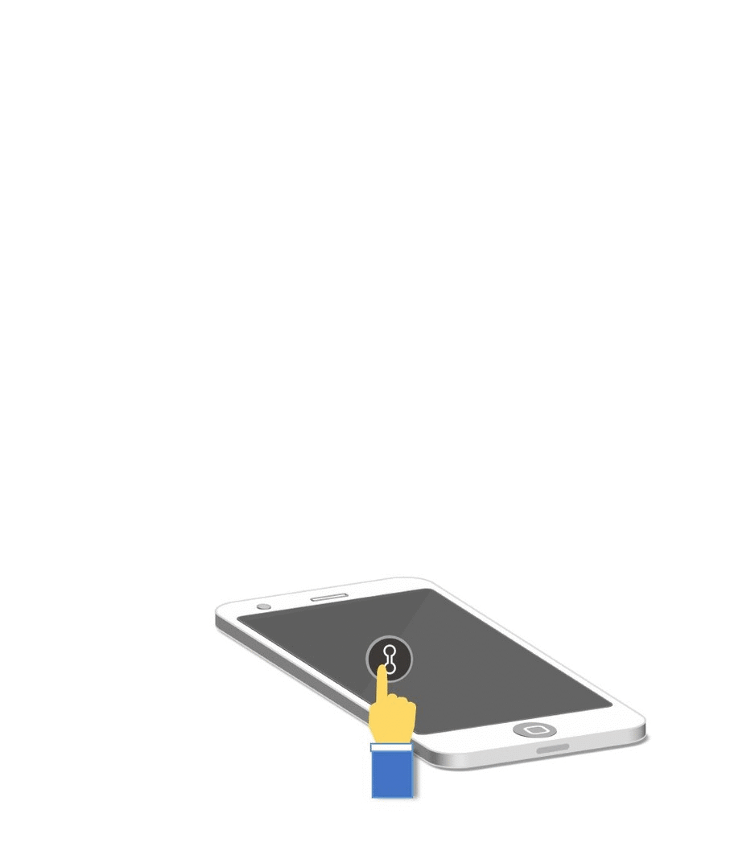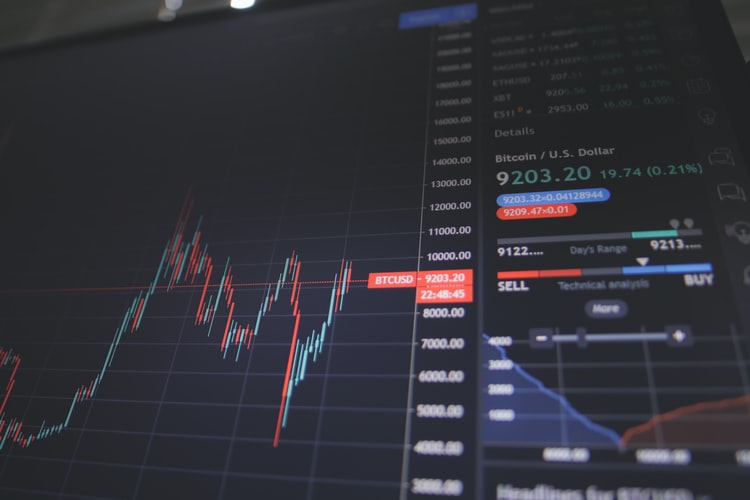Usecase Of Blockchain In IoT And How IoT Industry Can Benefit From It

Current IoT limitations
Thousands of IoT (Internet of Things) connected sensors and smart devices are being deployed on a daily basis in homes, cities, offices creating opportunities in cutting costs, reducing energy consumption, improving efficiency and customer services.
With this rate, IoT could have as many as 50 billion connected devices by 2020. In the future, devices without IoT capabilities may be more expensive because they’ll lack data that can be harvested by manufacturers.
It’s this very data that makes the IoT such an interesting proposition for enterprises. That data, though, comes with risks, along with a number of other notable problems that enterprises will have to overcome in the coming years.
The amount of data collected will increase substantially (Imagine a world with more than 50 billion IoT devices) increasing the operating cost of maintaining and storing the scale of IoT data in the cloud. Due to the current structure of storing this data centrally with no to limited security and makes it vulnerable and due to lack of privacy and security, it provides malicious actors innumerable possibilities to carry out their evil deeds.
In addition, devices currently lack the ability to interact or cooperate with each other due to compatibility issues, slow processing limiting the full potential of IoT.
Blockchain platform if integrated with IoT smart devices can bring much needed fresh air for IoT.
Distributed ledger technology through blockchain platform can help to decentralize and secure IoT data which eliminates the concern of IoT data being centrally stored in the cloud and potentially being leaked or abused as control will be decentralized avoiding exposing of data to centralized parties and malicious actors.
By using the blockchain platform, devices will be able to work together with high efficiency and fast communication to realize the full value of the internet of things (IoT). This will be achieved through smart contracts that enable autonomous coordination of devices to create functional values and quick to respond.
Smart contracts will also support the issuance of third-party assets, which can be integrated into applications in terms of public, permission (private) or hybrid blockchain. So, for example, a company could run internal supply chain operations using private blockchain applications, and consumer-facing operations on the public chain.
The use of zero-knowledge proof and ring signature will provide communication anonymity and privacy to protect users data. The users can rest assured that their data will be secured and not miss-used by anyone. Companies can add incentives for users to provide data permission so that manufacturers can use this gather data for research purposes.
With blockchain chain-relaying technology, companies now can integrate different IoT smart devices to perform the cross-device communication which will create more meaningful functionalities and create a better user experience which was not earlier possible.
How the application of blockchain will look for supply chain:

It can help manufacturers reduce the burden of administration on their businesses and enable them to deliver best-in-class services to their customers. It can digitalize three key areas — operations, documentation, and finance.
Manufactures can view and track the location of the shipment as well as view the conditions, such as temperature and humidity inside the container, via IoT devices. This provides a greater level of transparency and efficiency regarding the location, condition, and authentication of the goods being transported.
At the documentation layer, the blockchain-enabled supply chain allows manufacturers to upload and access key documents, such as certificates of authentication, origin and other documents required by customs.
Use of smart contracts can help to build potential for in-app payment and automatic invoicing or payment once the shipment is confirmed by the other side of the value chain.


